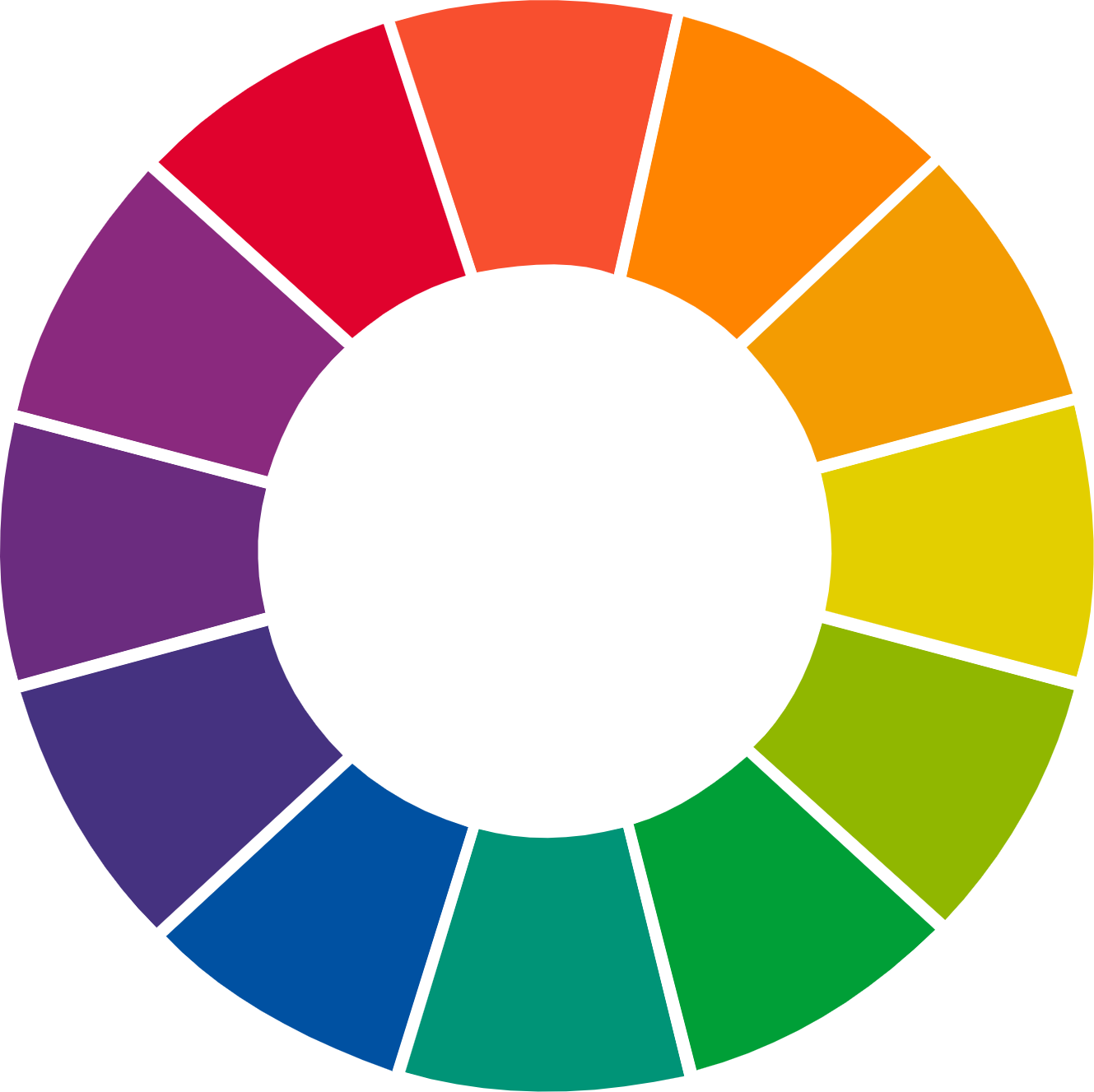"Our Prints Last Up to 10x Longer Than Traditional Lustre Prints."
We Are More Than a Print Lab
–
We Believe that Longevity is Key
–
We Are More Than a Print Lab – We Believe that Longevity is Key –
What Does 'Acid Free' Mean?
The main cause of print deterioration and fading is acid content. Unfortunately, the phrase 'acid free' is often misunderstood and used incorrectly by companies attempting to market their products through an archival framework. Understanding what acid is and how it affects paper will help clear up the factors that go into print permanence and why Musea prints last so long,
The phrase 'acid free' refers to the pH scale which measures how acidic or alkaline something is. Acid will break down cells and as cells break down it produces more acid, which continues to accelerate deterioration. When someone says something is 'acid free' they don't mean that there isn't any acid in the material, it means that the pH level is 7 or higher on the pH scale.
A pH level of 7 is considered pH neutral. Some materials are incorrectly labeled as 'acid free' when it should just be labeled 'acid neutral'. The pH scale goes from 0 to 14. The more acidic something is, the shorter the life expectancy. The more alkaline, or closer to 14, something is the longer the life expectancy.
Also, the difference between each number on the scale represents 10x the amount of acid or lack of acid found in the material. For example, a product that has a pH level of 4 has 10x the amount of acid in it than a product with a pH level of 5. This means that marketers will label a product as acid free if it's close to a 7 on the pH scale, but some products are an 8 on the pH scale or a 9. These products have 10x or 100x less acid than a product with a 7 pH.
All papers and mat boards will increase in acid as they age and are exposed to light and air. The papers that last the longest will have a pH level over 7.5. Some papers are also further protected from acid of neighboring materials by being 'buffered' with an alkaline reserve. All of our Hahnemühle and Canson papers are buffered with calcium carbonate, which helps neutralize acid compounds absorbed from its surroundings or formed through natural aging.
Our Hahnemühle and Canson papers all have a pH over 8. Our Photo Matte and Satin papers have a pH of 7.
What is Lignin?
"Lignin is a class of complex organic polymers that form important structural materials in the support tissues of vascular plants and some algae."(source)
"Lignin is undesirable in paper and mat boards because it ages poorly, turns brown and becomes acidic over time. If lignin is not removed and is left in contact with the surrounding cellulose fibers in paper, their acidity will break down the cellulose and the paper will become brittle.
Lignins comprise 20 to 30 percent of wood, but only 1 percent of cotton fibers. Because it is nearly lignin-free, paper made from 100 percent cotton is most desirable." (source)
All of our Hahnemühle Canson papers and mat boards we offer at MUSEA are 100% cotton and lignin free. Most mat boards on the market are made from wood pulp, which is naturally acidic and is buffered with calcium carbonate to make the boards 'acid neutral'. We don't offer any mat boards made from wood pulp, only cotton which is the longest lasting.
You can't get much more archival than our matted Hahnemühle and Canson Prints, which are 100% cotton and lignin free throughout.
Additional Source
http://cool.conservation-us.org/byorg/abbey/ap/ap04/ap04-4/ap04-402.html
Print Longevity
( Chart illustrations the point at which a print will start to fade and its original appearance will be gone)
Resources for print longevity testing results
Canson Infinity Print Longevity Results with Epson HDX Ink
Article from PDN Magazine, May 2016 "Inkjet Prints: One For The Ages?"
Hahnemühle Inkjet Papers with Epson Inks – Print Permanence Ratings
A Survey of Print Permanence in the 4x6-Inch Consumer Digital Print Market in 2004 –2007
The Negative Power of UV Light and Heat
The other two major factors that determine how long a print lasts are exposure to ultraviolet light and heat. Light and heat damage done to a print is irreversible. All photographs should be kept in temperature controlled environments. Places like attics and outside storage units will speed up deterioration even if they are in a box, protected from UV light. Once a print has faded or yellowed, it will be that way forever.
Here are things you can do to extend the life of a print:
Put photographs behind 99% UV blocking acrylic or glass. If you frame a print without any glass or acrylic, you are cutting the prints life expectancy in half.
Hang the print in an area that doesn't have a lot of window light falling on it.
Keep the lights off when not in the room with the photograph. The less light exposure, the longer it'll last.
Rotate the photographs between dark storage and being on display. Show the print for nine months out of the year and store it for three months. Galleries often do this to increase the life span of artwork, especially light sensitive pieces.
Store photographs in a cool, dry place. Anything under a consistent 70 degrees F is great.
Consider not hanging above a working fireplace; the heat will shorten its life.
Do not store prints in a hot attic, non-temperature controlled storage unit or damp basement.
SOURCES
"Protection From Light Damage" - Northeast Document Conservation Center


